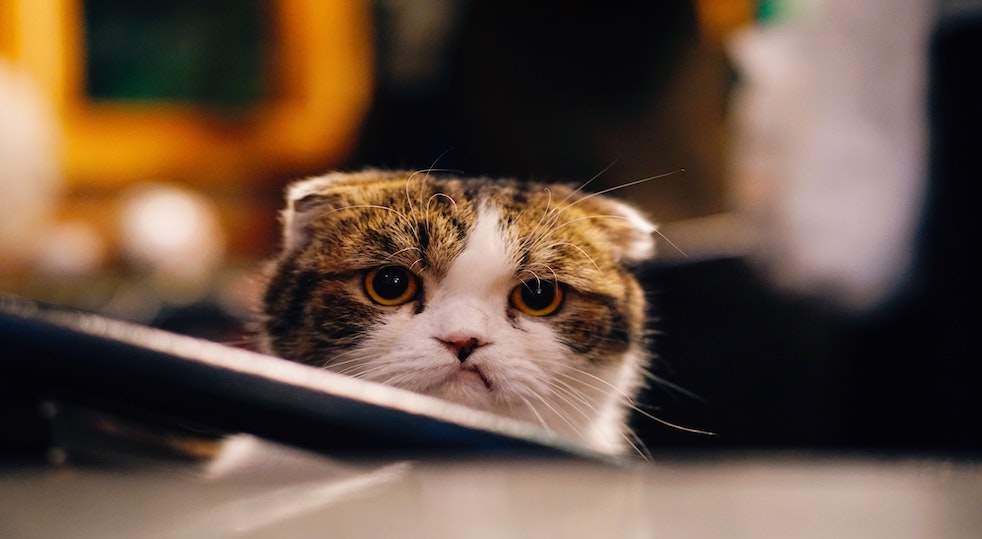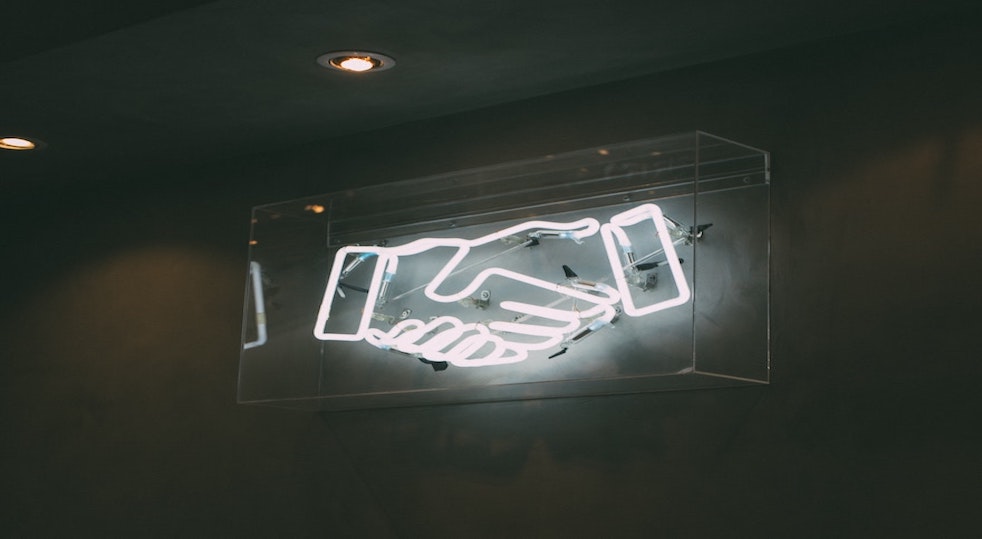To complement our series of QuickReads covering measurement, we will now explore Failure Demand (FD).…

ChangeWise Quick Read: Muda Mura Muri
In this article, we take a quick look at Muda, Mura and Muri. Also known as ‘The Three Ms’. Collectively, these terms describe processes that build and encourage waste.
What is meant by Muda, Mura and Muri?
These three Japanese terms are often used in the Toyota Production System (TPS). They refer to Waste, Unevenness and Overburden in business processes. To understand how they work together to create inefficiency, we need to take a look at each in turn:
Muda
Muda is any activity or process that is considered waste – so, anything that consumes resources without adding value to the customer. These activities are a physical waste of your time, resources and money. Wastes are defined in TPS as follows: Transport, Inventory, Motion, Waiting, Over-Production, Over-Processing, Defects & Skills (for more information on these, see our Quick Read The 8 Lean Wastes).
A typical example can often be seen in the unnecessary movement of people and materials to complete a process. Consider a loan application passing through several departments for approvals – these handoffs consume resources without adding value to the customer.
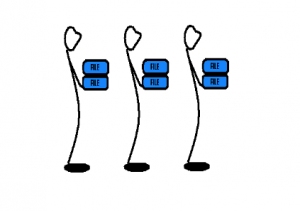
What can be done about Muda?
Continuous improvement techniques such as Kaizen events can help to remove non-value add processing. However, many organisations attempt Lean initiatives yet fail to see past the elimination of Muda and believe that the only point of Lean is to purely eliminate waste. Unfortunately, this leads to implementations that initially appear to save money – but quickly fall apart and revert as problems such as customer demand fluctuations and supplier problems occur. This is because they have tackled Muda in isolation, failing to see how it interacts with Mura and Muri.
Mura
Mura is the waste of unevenness or inconsistency in a process that is not driven by customer demand. For example, production slows down due to the availability of parts, machine operation or staff holidays – not because customer demand has eased.
Mura actively drives Muda – by failing to smooth our demand we put unfair pressure on our processes and people and cause the creation of inventory and other wastes. One obvious example is production processes where the manager is measured on monthly output; the department rushes to meet intense targets in the final week of production, using up components and producing parts not actually required. The first week of the month is then slow due to component shortages and no focus on meeting targets. Working in this way creates spikes in production, yet it is far better to smooth out our processes and work at the demand of the customer.
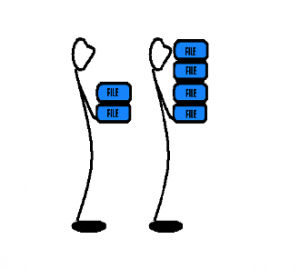
So how can I stop Mura?
Understanding your takt time, rebalancing the line and paying careful attention to the pace of work, can help you to smooth demand (the following ChangeWise Quick Reads might be useful if you’re looking for more detail:
Takt Time, Cycle Time and lead Time
Theory of Constraints (ToC)
Principles of Lean Part 3/5 Create Flow
Muri
Muri is to cause overburden, by this we mean to give unnecessary stress to our employees and our processes. This is caused by Mura (fluctuating demand) and a host of other failures in our system such as lack of training, poorly laid out workplaces, clutter, unclear instructions or no defined ways of working. The wrong or poor tools, lack of proper maintenance and unreliable equipment or processes, poor communication and ill-thought-out measures of performance are also common causes of Muri.
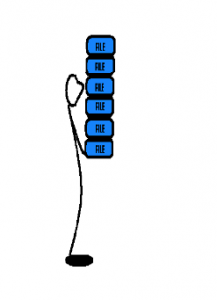
Oh dear, what can I do about Muri?
Clear work instructions, standardised processes and work areas that support our value stream are the first step in tackling Muri (Our Quick Read on 6S is a great place to start if you’re new to Muri).
Sounds like I need to tackle all 3 if I want to be successful in my Lean initiative…..?
Absolutely! Mura causes Muda, the eight wastes are symptoms of our failure to tackle Mura and Muri within our processes – they are not the root cause! Eliminating one will help to eliminate the others.
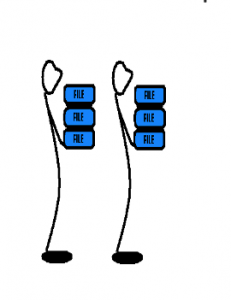
In Summary
Muda, Mura and Muri are Japanese terms often used in the Toyota Production System (TPS). They refer to Waste, Unevenness and Overburden in business processes. To appreciate their impact, we need to understand how they interact with each other and use continuous improvement techniques to create processes that eliminate all 3.
Have we got you interested? If you would like to know more about the benefits of eliminating The Three Ms in your organisation, get in touch with the ChangeWise team at info@changewise.co.uk
ChangeWise believes employee engagement is the foundation for successful Change. Training and coaching your people to use simple continuous improvement techniques will enable your organisation to continuously adapt and stay ahead in a constantly changing and challenging environment.
For updates and interesting Lean Change insights, connect with us on LinkedIn.

